|
Spring is just around the corner so now is the time to get your seasonal yard care into action. Many items you can easily take of yourself, however, it can be helpful to have a team of landscape maintenance and irrigation professionals take on the work.
Here are items you should address for a beautiful spring landscape:
Taking this all on by yourself can be overwhelming and too much especially if you have any physical limitations. However, our maintenance and irrigation experts are here to help you prepare your yard for spring's beauty. Please give us a call at 541-729-8029 or email us.
0 Comments
Even though we're still in winter, now is the time to be thinking about how you will care for your yard this spring. There are several things you can easily take care of yourself, however, it can be beneficial to have a team of professionals take on the work so you know everything is being tended to in the right way and at the right times.
A professional landscape maintenance company can help you with:
If all of this sounds like a lot of work, or simply more than you care to do yourself, please give us a call at 541-729-8029 or email us. Our team of maintenance experts would be happy to help you prepare your yard for spring's beauty. While the temperatures outside might be cold, spring will be here before you know it. Is your yard ready? Here are a few tips to help you get things in tip-top shape, so you have a beautiful space to enjoy with family and friends.
Assess your lawn Take a good look at your lawn and see if there are signs of disease, rot, or pests. Are there any bare areas or swampy areas? Now is an excellent time to start addressing those issues, so you have a good foundation for your spring lawn. Check your plantings With the cold temperatures, did any of your plantings sustain damage? Take this time to remove any dead plants and snip or trim off damaged limbs. If pruning is needed, this is a great time to get that done as well, plus it is easier to do without all of the leaves getting in your way. Remove debris and overgrowth Nothing quite feels like the freedom of a blank canvas. If your yard is buried beneath debris... extra pieces of lumber from last summer's projects, bricks from your old patio, play equipment the kids have outgrown, etc. OR if you can no longer see your yard because it is lost in overgrowth, this is a great time to clear that all away. Remove moss on hardscapes Winter brings a lot of wonderful things, but moss is not on that list. Give your pavers and other hardscape surfaces a good cleaning to make them safer (i.e., not slippery) and extend their lifespan. If you opt to powerwash this growth away, be extra careful not to destroy the material used in between blocks or stones that keep your surface stable. If all of this sounds like a lot of work, or simply more than you care to do yourself, please give us a call at 541-729-8029 or email us. Our team of maintenance experts would be happy to help you prepare your yard for spring's beauty. With winter officially upon us in a few days, it's time to take a serious look at your landscape maintenance for the season. Just a few steps taken now can ensure a healthy, beautiful yard come springtime.
Fertilizing your lawn and planted areas Adding fertilizer to your lawn and planted areas in the fall is an excellent way to give a boost to your plants, so you have a healthy, vibrant yard in the spring. Be sure to give your lawn and plants plenty of water after fertilizing so they don't "burn" and so that your fertilizer doesn't blow away. Pruning your trees Fall is a good time to prune your trees. Not only are trees dormant in the colder months, but it is also easier to see a tree’s structure when there are no leaves on the branches. Proper pruning is vital to the health of trees and plants, in part because it helps relieve stress on trees and keeps them growing. Spreading mulch One of the best things you can do to protect your newly planted fall bulbs, shallow root plants, and young trees, is to cover the soil around those items with a generous layer of mulch. As a general rule of thumb, it is best to lay down mulch somewhere between 2-4" deep, avoiding touching trunks of trees or stems of plants so you will avoid any rot or disease issues. Winterizing your irrigation Winterizing your irrigation is not difficult to do, but it must be done properly and before freezing temperatures hit to prevent costly damage. A few simple steps can prevent things like busted irrigation lines, damaged hose bibs, and ruptured pipes. Protecting your water features Similar to winterizing your irrigation, your water features may also need special protection from the colder weather. Generally speaking, it is okay to let your water features run year-round. There are two key considerations, though, to make this work. 1) your pump must have access to free-flowing, clean water at all times and 2) you must keep your pond or water feature free of leaves and other debris that could cause a blockage for your pump. Removing moss on hardscapes When snow and ice accumulate, moss and other unwanted growth can create extra slippery situations. Giving your pavers and other hardscape surfaces a good cleaning is both good for their lifespan, but also for preventing unwanted slips and falls. If you opt to powerwash this growth away, be extra careful to not destroy the material used in between blocks or stones that keep your surface stable. If this sounds like a lot of work, or simply more than you care to do yourself, please give us a call at 541-729-8029 or email us. Our team of maintenance and irrigation experts would be happy to help you care for your yard. Whether you hired a professional to update your landscaping or you did the work yourself, one of the most important things you should do is plan for maintenance. Unfortunately, many homeowners overlook this necessary step resulting in projects getting overrun with weeds and unwanted growth, or shortened lifespans for any woodwork or hardscapes. So, what should you think about for maintaining your investment?
What needs to be done? Before you start looking at maintenance services, take a good look at your property and do an honest assessment of what your yard contains. Do you have a wood deck or pergola? Do you have a water feature such as a pond or pool? What kinds of plantings do you have? In addition, think about how much work you are actually able and willing to do yourself. Many people have high aspirations of working in the yard to keep things beautiful but then life and/or work comes up and before you know it you have weeds three feet tall. Taking inventory, in this manner, can help you get a good sense of where you really need help. For instance, when was the last time you trimmed back your hedges or other plantings? Do you have woodwork that needs to be restained? How about your hardscapes, do they need to be resealed? Do you have loose stones or pavers? Once you have made your list, you're in a good position to bring in the experts. Talking with a maintenance professional, you can review your list and prioritize what needs immediate attention and what can be put off until later. He or she can also help you to determine if there are any underlying issues you might not be aware of or other items they see that you might have missed. How often should you do maintenance? In terms of frequency, everyone's property is a little different, and your needs may dictate a schedule that differs from that of your neighbors. However, working with a maintenance professional, you should be able to determine which items need weekly service (such as lawn care), what might be less frequent (such as fertilizing or pruning), and those items that might only be addressed every one to three years. What will maintenance cost? Costs for maintenance are driven by the scope of work to be performed and the frequency for which it is completed. Also taken into consideration is the level of difficulty or the amount of labor necessary for your maintenance services. Your maintenance professional can work with you to establish a scope of work, schedule, and budget that will meet your needs. Are there any special considerations? Sometimes we see customers who have access issues to their property, meaning there is very little egress for our crews to enter and do the work, especially with backyards. Pets are also to be considered so that you can take proper precautions for keeping them inside and away from our crew. We would hate for your pet to escape your yard or accidentally come in contact with any fertilizers, sealants, etc. Communication Lastly, make sure you establish the level of communication you would like to have with your maintenance professional. He or she wants nothing more than to make sure you are happy with the service you receive and so understanding ahead of time how often and in what way you'd like to be contacted is important. Now that we are heading into winter, maintenance might not be at the top of your mind but we hope this information helps. Winter maintenance can make for a better spring lawn and blooms. Please let us know if we can be of service. Contact the Graham Landscape & Design team today at 541-729-8029. Well, we've got good news for you.
Graham Landscape & Design offers clean-up services for both residential and commercial properties. Clean-up service entails coming to your property and clearing out unwanted brush and debris or cleaning up your plantings and grounds, giving you essentially a blank slate or fresh start. Clean-ups are commonly used for seasonal purposes to clear the leaves, prune or trim trees and shrubs, remove moss and other unwanted invasive plants, etc. They can also be scheduled other times of the year, too, whenever your yard needs a reboot. Most clean-ups are completed in one visit. Occasionally, larger jobs can take more time, but it's really dependent on what you'd like to do with your property. For example, if you just need some bushes cleared back so you can see your yard again, that's more than likely a one-day job. However, if you're looking at stripping things away to get a true blank canvas, that could take a few more days. A member of our team will come to your property and walk through with you what you'd like to have done, ask questions, and offer suggestions so we can best accomplish what you'd like to achieve. This way, you'll get a more accurate estimate and timeline for completion. We can also provide an estimate for ongoing maintenance, so things don't get out of control again. Give our team a call today at 541-729-8029 to schedule an estimate. In our last blog post, we provided a checklist of things you can do to keep your landscape healthy and looking nice through winter. One of the items we suggested you should do is to prune your trees (shrubs can be pruned, too). Pruning revives tired plants and helps younger plants establish a good shape. We suggest pruning in winter for a few reasons. The lack of leaves makes seeing what you are doing much easier and in the winter, plants are less likely to 'bleed' as sap is not as active. Cuts will have time to heal over before spring growth begins.
The following are a few tips for how to prune your trees and shrubs so you don't cause damage. The first thing you want to do when pruning is to remove any damaged or diseased wood. This must go first so you're not wasting time working on areas that won't get better. Next, you'll want to address any branches that crisscross or rub on other surfaces. Start with removing the least important branches completely or shorten them so they are not intertwined. A good place to cut is down to an outward facing bud. Shortening these branches forces the plant to funnel its energy into the buds that remain, giving you more vigorous growth. When cutting, make sure you are doing so correctly. Incorrect or 'bad' cuts can result in poor wound recovery and unhealthy plants. #1 Don’t prune too far away from the bud. More than a finger width is probably too far. Cutting too far away can result in the wood between the cut and the bud below dying, which can affect the health of the bud. If the bud fails to grow, die back can cause the whole stem to die. #2 Just as you don't want to prune too far away, you don’t want to prune too close to the bud either. If you're on top of the bud, you're too close. Pruning too close to the bud often results in damaging the bud itself and that can jeopardize the bud's ability to grow into a leaf or flower. Pruning too close to the bud can also cause the branch to die back further down the stem. #3 Be careful of the angle when you prune. If you leave a pointed stub of stem above the bud you risk causing the stem to die back as far as the bud and possibly beyond it. A better option is to keep the cut as straight as possible but a slight angle can be okay if you are trying to redirect the growth of a particular branch. #4 Make sure any cuts you make have angles that slope in a way that forces water to run off and not pool. If water pools on the cut, your plant is more susceptible to rot. Pruning can be a challenging project if you've never done it before, or if you have a lot of trees and shrubs to contend with. If you would like help pruning plants around your property, give Graham Landscape & Design a call for a free estimate. 541-729-8029 The old adage of "saving for a rainy day" teaches us the importance of planning ahead for the unexpected so we can handle emergencies when they pop up. Planning for snow removal falls into this same line of thinking. Once winter weather arrives, the threat of snow or severe ice disrupting our daily activities or business is a matter of "when" not "if."
Planning ahead It can be tempting to hire the first person who shows up with a plow, however, it's best to plan ahead so you know you're working with an experienced, licensed and insured professional. Hiring the wrong person (i.e. inexperienced, uninsured, the 'Good Samaritan', etc.) can leave you in worse shape if someone gets injured or if property becomes damaged from snow/ice removal efforts. Don't get caught unprepared — plan now for who to call to remove snow or ice from your home or business. Besides knowing you're hiring a professional, planning early can put you on the "first to service" list as opposed to those who call at the last minute. Estimating costs Costs for snow and ice removal are usually determined by the square footage of your property and the types of surfaces that will require service (i.e. parking lots, walkways, service entrances, etc.). A few other important factors in the cost of services include how difficult your property is to navigate, the depth of the snow, the thickness of the ice, and how far out of town your property is located. Our team of professionals can work with you to estimate costs so you can budget ahead of time. To get an estimate for your property, please visit our sister website Eugene Snow Removal. Even with careful maintenance, bare spots can still rear their ugly heads in your lawn. If unfamiliar with what to do, bare spots can quickly spread and become costly lawn repairs.
Before beginning any lawn repairs, you need to first determine the source of your problem. Bare spots in your lawn can be the result of heavy foot traffic, drought (or in other words, a lack of watering), disease, chemical burn, and even weed or insect infestation. Determining the cause for your lawn's bare spots will help you in planning a corrective course of action and help you prevent it from continuing. If heavy foot traffic is the cause for your lawn's bare spots, look for a way to keep traffic off of that area. A nice, long-term solution includes modifying your landscape with the addition of stepping stones, a gravel pathway or a barrier that would reroute traffic and protect that area of your lawn. If a lack of water is the issue, consulting an irrigation specialist could be helpful. After analysis of your irrigation system, a professional can make recommendations for system adjustments so that all areas of your yard are adequately watered. If insects or disease are the cause, determine the specific cause. Consulting with a landscape maintenance professional can help with identification and they can make suggestions for the most effective treatment. Most treatments will need to be applied and allowed to work before you can grow new grass. The treatment product instructions will tell you how long to wait before sowing new seed. The team at Graham Landscape & Design has tremendous experience in remedying a variety of landscape blights, including bare spots, so that you can have a beautiful lawn. If you live in the Eugene-Springfield, Oregon area, give us a call today to get a free evaluation and estimate. 541-729-8029 It's happened to the best of us. Life got busy and before you knew it your yard got out of control. At first, it was no big deal... "I'll take care of those leaves over the weekend, " or "I'll clear out the berry bushes over break." Then more time slipped by and taking care of the yard dropped further and further down the 'to do' list. Sound familiar?
Well, we've got good news for you. Graham Landscape & Design offers clean-up services for both residential and commercial properties. Clean-up service entails coming to your property and clearing out unwanted brush and debris or cleaning up your plantings and grounds, giving you essentially a blank slate or fresh start. Clean-ups are commonly used for seasonal purposes to clear the leaves, prune or trim trees and shrubs, remove moss and other unwanted invasive plants, etc. They can also be scheduled other times of the year, too, whenever your yard needs a reboot. Most clean-ups are completed in one visit. Occasionally, larger jobs can take more time, but it's dependent on what you'd like to do with your property. For example, if you need some bushes cleared back so you can see your yard again, that's more than likely a one-day job. However, if you're looking at stripping things away to get a true blank canvas, that could take a few more days. A member of our team will come to your property and walk through with you what you'd like to have done, ask questions, and offer suggestions so we can best accomplish what you'd like to achieve. This way, you'll get a more accurate estimate and timeline for completion. We can also provide an estimate for ongoing maintenance, so things don't get out of control again. Clients who use our clean-up services say one of the biggest benefits is the considerable time savings we provide, freeing up your weekend so you can do the things you want to do. Also, our clean-up services let you focus on the fun part of working with your yard (planting and gardening, etc.) and not the labor-intensive removal, chore-like aspects. Also, when we're done, we haul everything away, so you don't have to. What could be better than that? If a clean-up service or ongoing maintenance sounds like something you could use, please give us a call at 541-729-8029. We're here to help and would love to turn your yard back into a place you can truly enjoy. |
OUR BLOG
Check here to see what we've been up to! Categories
All
|
|
|
Copyright © Graham Landscape Maintenance & Design LLC in Eugene Oregon. All rights reserved.
LCB # 8920 541-729-8029 34024 Old Willamette Hwy S., Eugene, OR 97405
Offering Landscape Design and Maintenance in Albany, Coburg, Corvallis, Cottage Grove, Eugene, Junction City, Roseburg, Springfield, Veneta and Surrounding Areas
LCB # 8920 541-729-8029 34024 Old Willamette Hwy S., Eugene, OR 97405
Offering Landscape Design and Maintenance in Albany, Coburg, Corvallis, Cottage Grove, Eugene, Junction City, Roseburg, Springfield, Veneta and Surrounding Areas

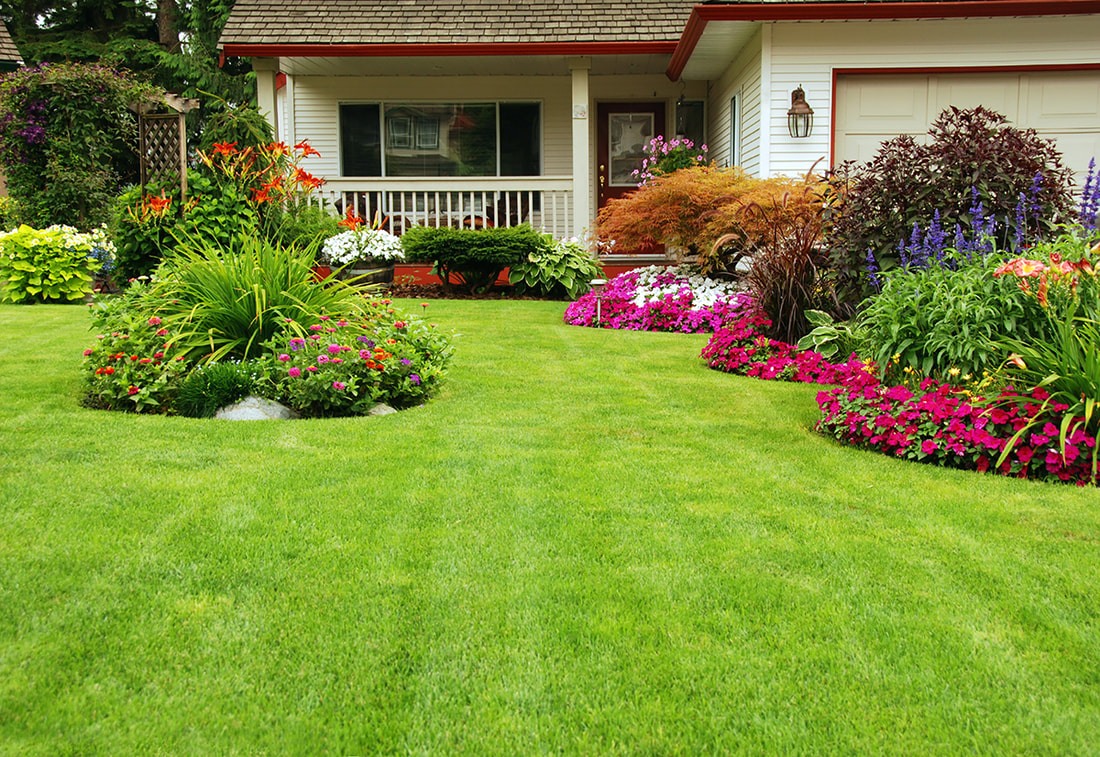
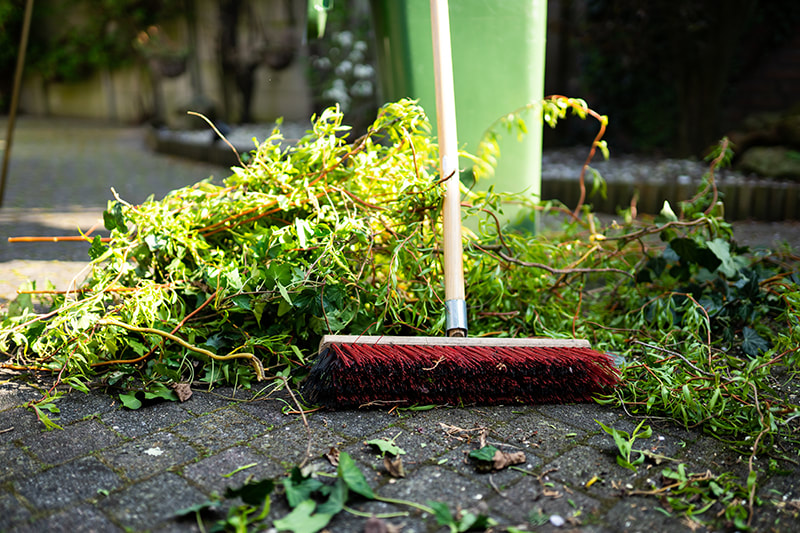
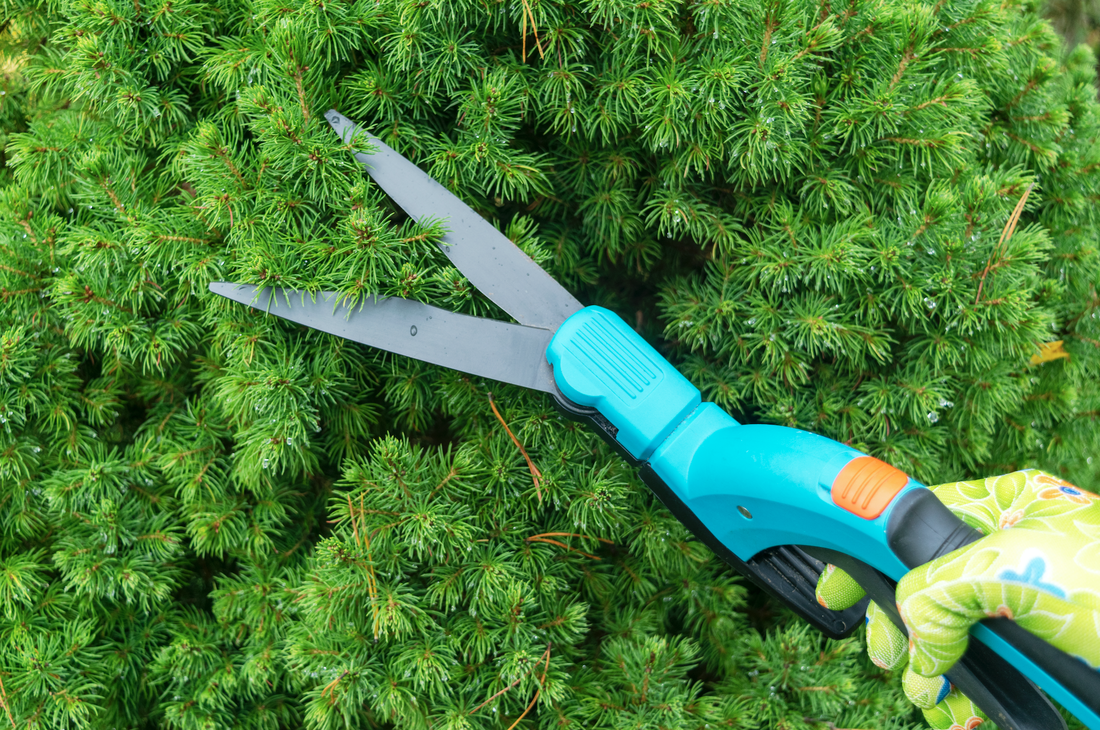
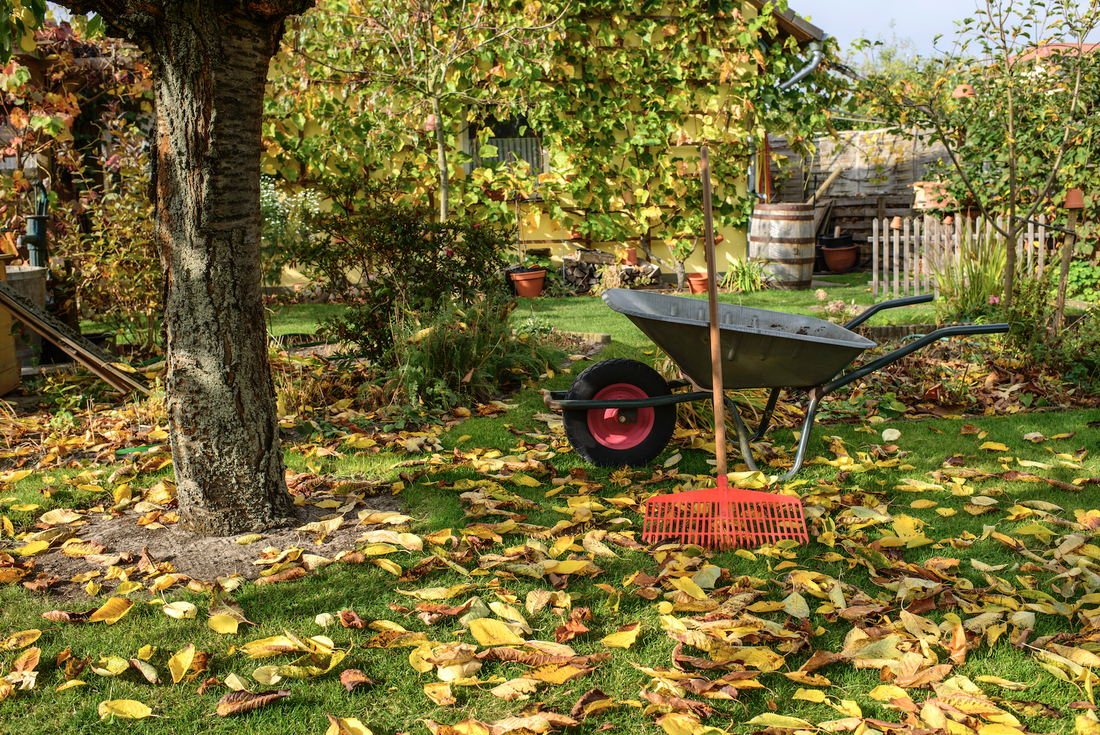
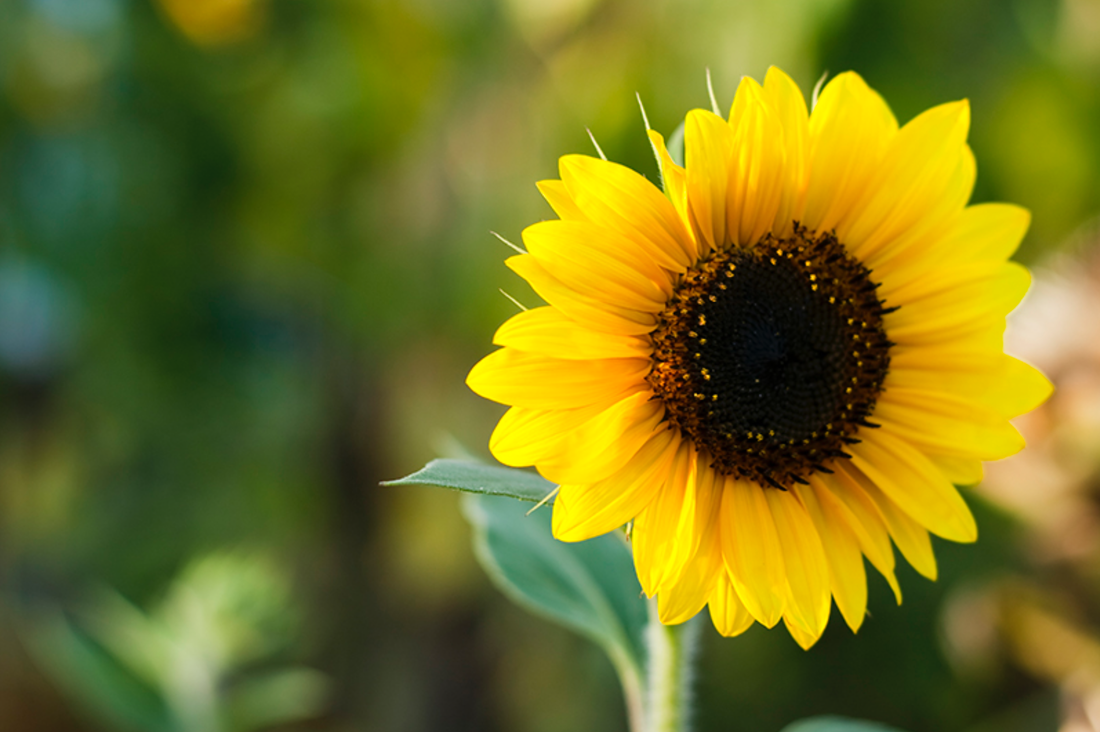
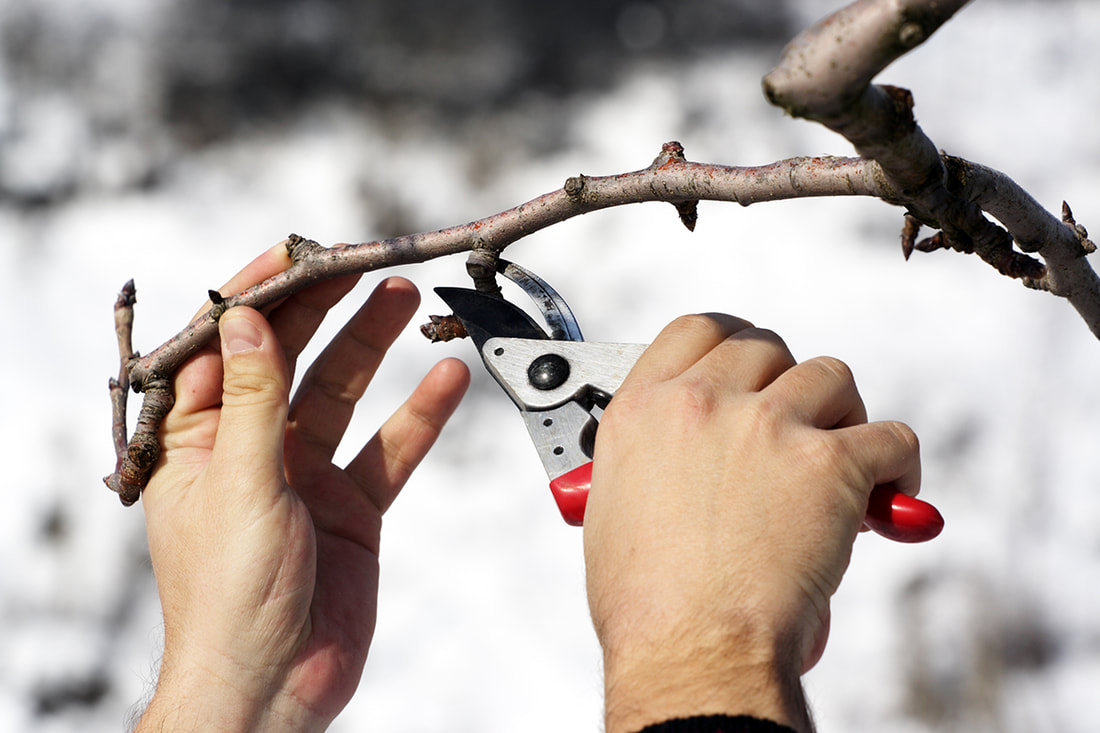

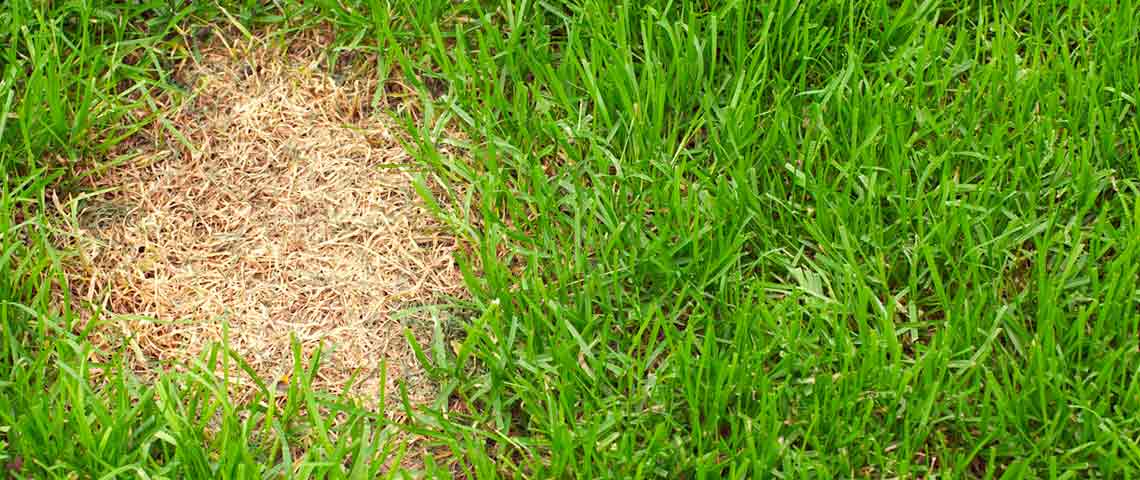
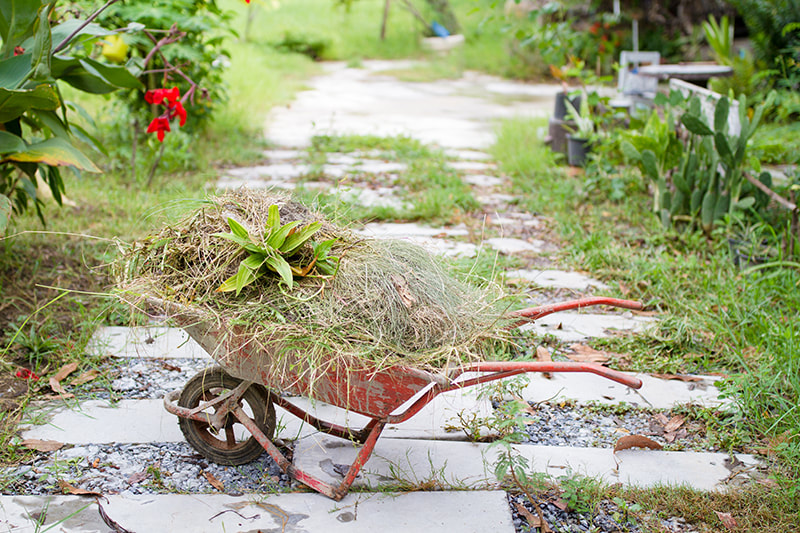
 RSS Feed
RSS Feed
